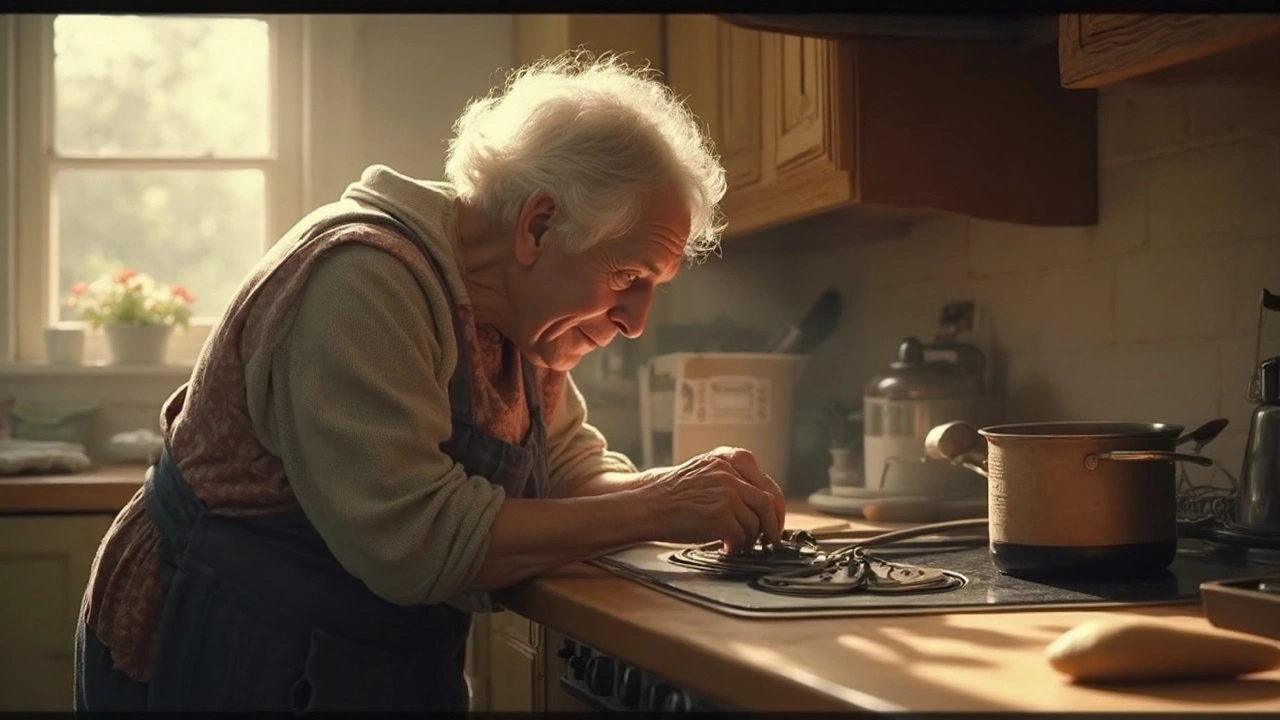Electric Stove Troubleshooting: Simple Steps to Get Your Cooktop Working Again
If your electric stove stops heating, flickers, or shows weird error codes, you’re probably wondering what went wrong and how to fix it. The good news is many problems are easy to spot and repair without a full‑service call. Below we walk through the most common issues, how to test them, and what to do if you need a professional.
Why Your Electric Stove Might Not Heat
The first thing to check is power. Make sure the stove is firmly plugged in and the circuit breaker for the kitchen hasn’t tripped. A loose plug or a tripped breaker can look like a stove fault, but the fix is as simple as resetting the breaker.
If power is fine, the next suspect is the heating element. Over time, elements can crack, burn out, or get covered in food residue that creates hot spots. Turn the stove off, let it cool, and look at the coil or smooth‑top element. Any visible breaks, dark spots, or a broken ceramic surface means the element needs replacing.
Another frequent cause is a faulty thermostatic switch (often called a temperature sensor). This little part tells the stove when to stop heating. If it’s stuck closed, the element may overheat and shut off; if it’s stuck open, you’ll get no heat at all. You can test the switch with a multimeter – it should show continuity when the stove is off and none when it’s on. No continuity? Replace it.
Step‑by‑Step Fixes You Can Do Now
1. Reset the breaker. Locate your home’s electrical panel, find the breaker labeled “kitchen” or “stove,” and switch it off then on. If the stove powers up, you were dealing with a simple overload.
2. Clean the element. Use a soft cloth and mild detergent to wipe away grease or food splatter. For coil elements, a gentle brush can remove buildup that interferes with heat transfer. After cleaning, test the stove.
3. Test the element with a multimeter. Unplug the stove, remove the element’s screws, and pull it out. Set the multimeter to ohms and touch the probes to the element’s terminals. A reading between 10–60 Ω is normal; “infinite” means it’s broken and you’ll need a new part.
4. Check the temperature sensor. The sensor is usually a metal probe screwed into the back of the oven cavity. Remove it, test for continuity as described above, and replace if needed.
5. Look for error codes. Modern electric stoves display codes like “F1” or “E3.” Your user manual will list what each code means. Often the code points straight to a sensor or control board issue. Reset the stove by turning it off at the breaker for a minute, then power it back on.
If you’ve walked through these steps and the stove still won’t heat, the problem may be deeper – a faulty control board, wiring issue, or a broken thermostat that requires a professional’s tools and experience.
When you do call a technician, having a short list of what you’ve already checked speeds up the job and can lower the cost. Mention the element test result, any visible damage, and the error code you saw.
Remember, safety comes first. Always unplug the appliance before opening panels, and never work on live wiring unless you’re qualified. With the right checks, many electric stove hiccups are quick fixes you can handle at home.
Got a stubborn stove that still won’t cooperate? Contact Glastonbury Appliance Repair Services – we specialize in electric stove repairs, offer fast same‑day service, and can get you back to cooking in no time.

What to Do If Your Electric Hob Stops Working
Is your electric hob acting up? Before you panic, there are a few easy checks and fixes you can try at home. This guide will walk you through common issues and how to address them, so you might avoid an unnecessary repair bill. From checking the power supply to testing specific hob elements, find out how to get your hob back in action.